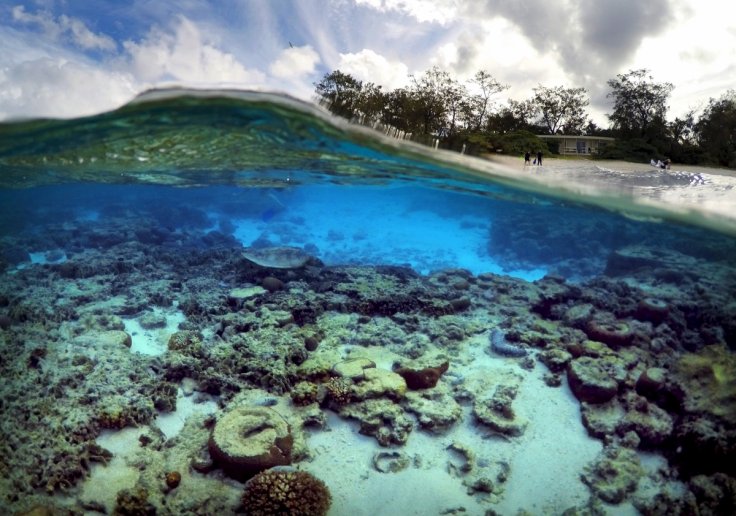
As we already know the Great Barrier Reef of Australia is facing several fatal dangers caused by the climate change. Now, the country is asking for the help of the greatest scientific minds of the world to save the largest living structure of the world. Australia has said that they are ready to provide millions of dollars to fund the researches needed to protect one of the most beautiful natural creations of the world.
The reef, which is a part of the UNESCO World Heritage-list, has been suffering from a severe coral bleaching process due to the increasing temperature of the sea caused by climate change. Experts are now warning that the 2,300-kilometre-long natural structure could soon reach a stage from where repairmen of it would be impossible. Already, 2017 marked the second consecutive year, where corals kept getting damaged by the rising temperature of the sea, according to a report by AFP.
The Australian government has taken the matter into its hands and has recently announced an enormous amount of funding, US$1.6 million, for the people, who would be willing to take up projects and researches to find out how to save the Great Barrier Reef.
"The scale of the problem is big and big thinking is needed, but it's important to remember that solutions can come from anywhere," Environment Minister of the country Josh Frydenberg said, reported AFP. The aforementioned amount of money would be made available for the world's "greatest scientific minds, industry and business leaders, innovators and entrepreneurs," he added.
"Solutions could focus on anything from reducing the exposure of corals to physical stressors, to boosting coral regeneration rates by cultivating reef-building coral larvae that attract other important marine species," stated Frydenberg.
More than one proposal coming from the experts worldwide would be accepted by the Australian government during the early stage, where the plans would be tested on the basis of their practicality. Here, up to A$250,000 would be made available for the experts to experiment on their projects for a maximum of six months.
Later, another A$1 million would be offered to the shortlisted solutions. At this stage, aspirants would be able to work on their solution-prototypes and also examine them for up to a year.
The unsuccessful applicants would not just get back home empty-handed. They will be given the intellectual property rights. They can also try to commercialize their projects and innovations.









